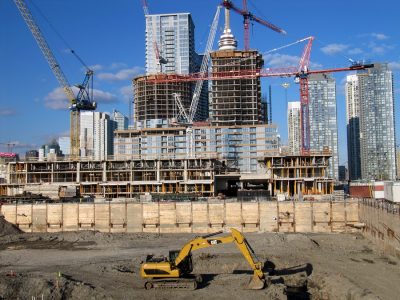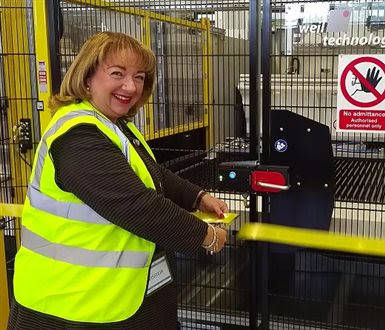Personal protective equipment, or PPE, is absolutely vital for a wide range of jobs, but the engineering trade poses significant risks. Thankfully these risks can be mitigated simply by wearing approved health and safety products. Here are some of the essential PPE items that engineers will need to wear in order to ensure they’re safe at all times whilst on the job. Gloves A major safety issue during engineering activities is the very real threat of potentially serious hand and finger injuries. Regular contact with dangerous machinery as well as hazardous substances can be extremely damaging to your hands, so it’s vital that safety gloves are worn at all times. As well as protecting against hazards, an engineer may find themselves working outside with their hands exposed during winter months. During these times, safety gloves can help shield the skin from frost and chills – both of which are a very common occurrence when the temperature starts to drop. High visibility clothing If you’re working on a site, it’s usually a requirement that you wear high visibility clothing. If conditions are bad, or there are machinery drivers or crane operators nearby, you will be able to alert them of your presence simply by wearing high visibility clothing. A full range of high visibility clothing is available, from waistcoats and shirts to trousers and jackets. For extra safety, you should consult the class and retro-reflectivity of your high visibility clothing. There are three classes of high visibility clothing available, with class three providing the largest areas of reflective material, and there are two levels of retro-reflectivity, with level two being the most reflective. So, if you’re after the highest possible levels of protection, seek out class 3/level 2 garments. Sourcing clothing like high visibility hoodies is the way to go if you want to be seen and be safe. Hearing protection Engineers are regularly exposed to high noise levels, especially if they encounter machinery on a daily basis. If you’re an employer, you will probably know that if the noise approaches certain levels which are pre-set, you have a duty to provide your workers with devices such as effective ear plugs and earmuffs. It’s worth remembering, however, that the devices will need to be worn by the workers in order to have any form of effectiveness. So it’s a good idea for employers to provide their employees with a range of different hearing protection devices, so that workers can choose the one that’s most comfortable for them. Be sure to select protectors which don’t cut out more noise than necessary, because this can lead to isolation, and being able to hear the machinery is often an important part of the job. Eye and face protection Everything from gas, radiation, projectiles and even dust can cause serious damage to the eyes and face, so it’s important to have the right PPE items to ensure you stay fully protected. Eye protection tends to come in one of two forms: safety spectacles and safety goggles. The spectacles are easier to use and more lightweight, but goggles offer additional safety measures because they provide you with both lateral and vertical eye protection. To ensure your eyes are fully protected at all times, it’s worth seeking out either goggles or wraparound glasses. To protect yourself from breathing in potentially harmful levels of dust, it’s also a necessity on many sites to wear a face mask. An effective dust mask can be applied to the face simply by using the wraparound straps and will prevent any dust from entering your nasal passageways. Although dust may seem like a small issue whilst on a site, if you breathe too much of it in, it can lead to serious respiratory problems weeks, months or even years down the line. That’s why it’s always best to stock up on face masks, especially if you regularly work on different sites, so if you enter a dusty environment, you’ll always be fully protected.










